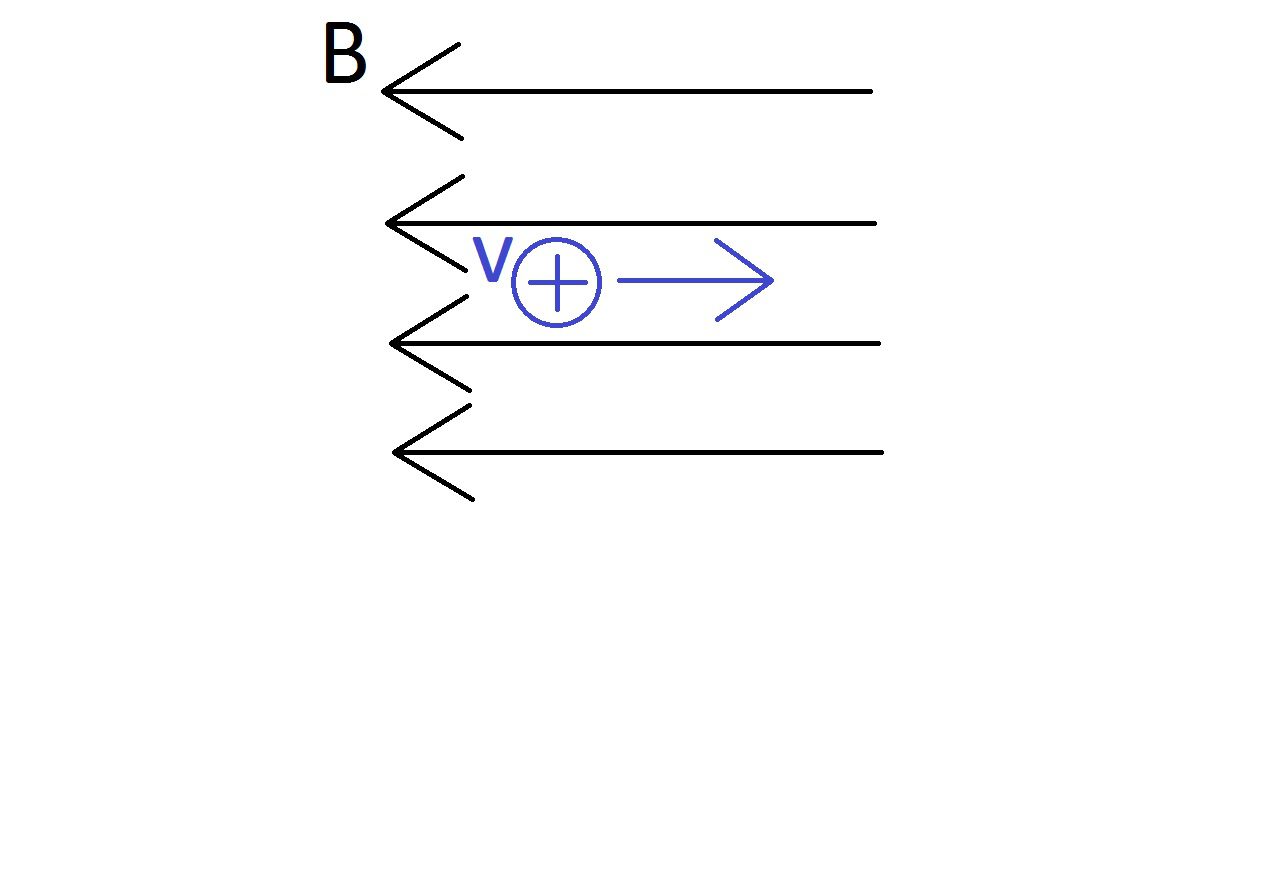"V=IR is the formula for Ohm's law. V is equal to 12V in this case, while I is equal to 0.5A. After calculating the resistance, R, we get: R=V/I Substitute known values with the unknown resistance's value, then find a solution: R=12V/0.5A=24Ω"
To determine the power lost through a resistor that is wired to a battery is what is being requested of us. P=V2/R is a known equation. 60W=(24V)2/R is obtained by substituting the above values. 9.6Ω is the result of the R equation.
It is easy to "eyeball" this and see that this is at least conceivable by connecting R1 and R2 in parallel to R3 in series. A network with an overall resistance of less than 50 ohms must be created by R1 and R2 working in parallel. The total could range between 40 and 45 when put in series with R3 (10). Although one may perform the calculations to determine the total resistance to confirm, the goal of this question is to rapidly rule out the other incorrect answer options using general principles.
"We are told that the current is 100V peak-to-peak, so the peak voltage is half of this, or 50V. By definition, to convert peak voltage to RMS voltage, we must divide the peak voltage by 2: ""This question requires two steps: the first is to calculate the peak voltage of the AC current, and the second requires conversion of the peak voltage to an RMS voltage. 50V/2–√=35.5V"""
When a charged object is brought close to a neutral object, charge by induction occurs. The neutral object will become polarized as a result of the charged object's charges shifting the free charges in the neutral object. A neutral object will acquire a negative charge when the charged object is positive.
According to Coloumb's law, the electrical force between two charges will grow as their respective charges interact more strongly. In particular, doubling the magnitude of the two interacting charges will cause an quadruple rise in the electrical force.
The negatively charged rod will cause a flow of charge in the two spheres when it is brought close to one of them, causing the regions farthest from the rod to become most negative and the regions closest to it to become most positive. We refer to this as charge through induction.
Advertisement
A thing that can move charges freely is referred to as a conductor. In particular, valence electrons, which are the most mobile and outermost electrons in each atom, migrate across the conductor until its internal electric field is zero. Until this criterion is met, these electrons will move. Any electric field at the surface must be perpendicular to that surface due to the presence of charged particles there and the fact that they are no longer moving.
Because charges can be positive or negative, electric forces can be both attracting and repellent. Because mass is always positive, gravitational forces are limited to attractive forces.
An electric force that is directed in the same direction as the electric field will be felt by positive charges when they are in one. The force will be directed in the opposite direction from the electric field if the charge is negative. The charge must have a negative sign because the charged particle experiences a force that opposes the electric field.
Gauss' law states that the net total electric charge inside a Gaussian surface equals the total electric flow. The electric flux will remain constant even if the Gaussian surface is three times larger if the total electric charge is the same on both surfaces.
An electric force that is directed in the same direction as the electric field will be felt by positive charges when they are in one. The force will be directed in the opposite direction from the electric field if the charge is negative. Since the electron is travelling in an electric field that is oriented in the negative y-direction, it will experience an upward force that is oriented in the positive y-direction.

"""Understanding the variables that affect the magnetic force that a charge experiences is crucial to finding the answer to this question. The magnetic force equation can be written out first. FB=qvBsin(θ) According to the equation above, the magnetic force is inversely proportional to the particle's charge, its speed, and the magnetic field's overall strength. However, for the sake of this inquiry, the angle of the particle's velocity with respect to the magnetic field is crucial. Keep in mind that if theta equals zero, the sine of theta will also be equal to zero. As a result, the magnetic force will also be zero. The same holds true if theta is set to 180 degrees. Theta is equal to 180o since the particle is travelling in an opposite direction from the magnetic field lines while still moving parallel to them. As a result, the magnetic force acting on the particle is null. While a result, the particle won't alter course as it travels through the magnetic field."""
"""In this situation, the rope must be strong enough to withstand both gravity and the force necessary to accelerate the block. F=ma provides both: Fgravity=(50kg)(9.81ms2)=490.5N Faccelerate=(50kg)(5ms2)=250N\sFtotal=490.5N+250N=740.5N"""
Advertisement
It is an easy example of F=ma. Here, m is equal to 50 kg, and an is equal to 5 m/s2. If we substitute, we get F=250N.
The inverse-square law is observed in the gravitational field. The force will increase by a factor of 5(2), or 25 when the distance is reduced by a factor of 5.